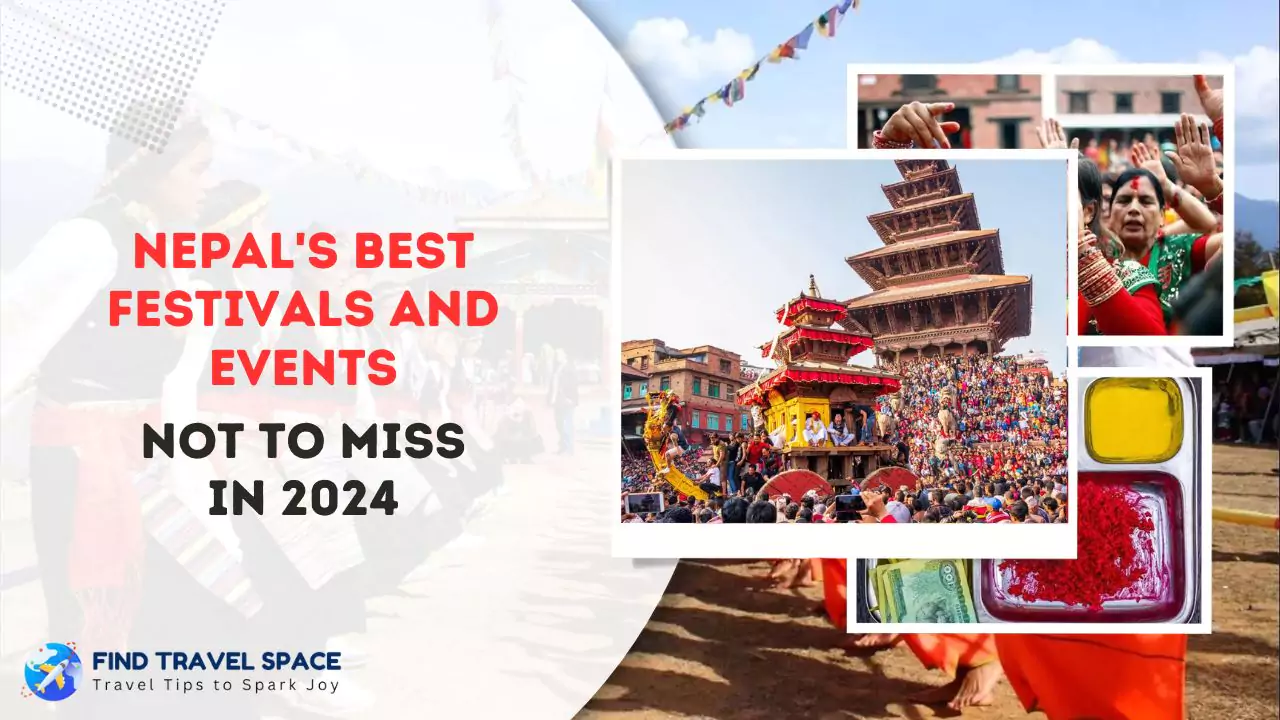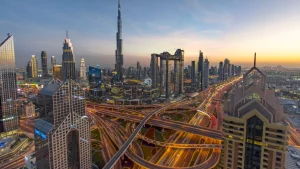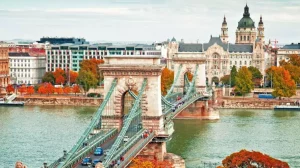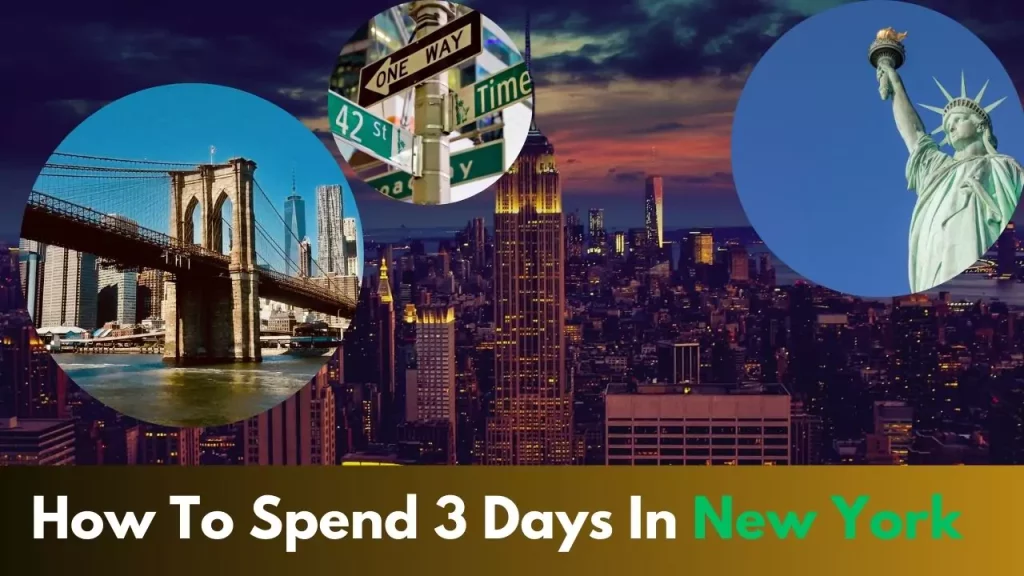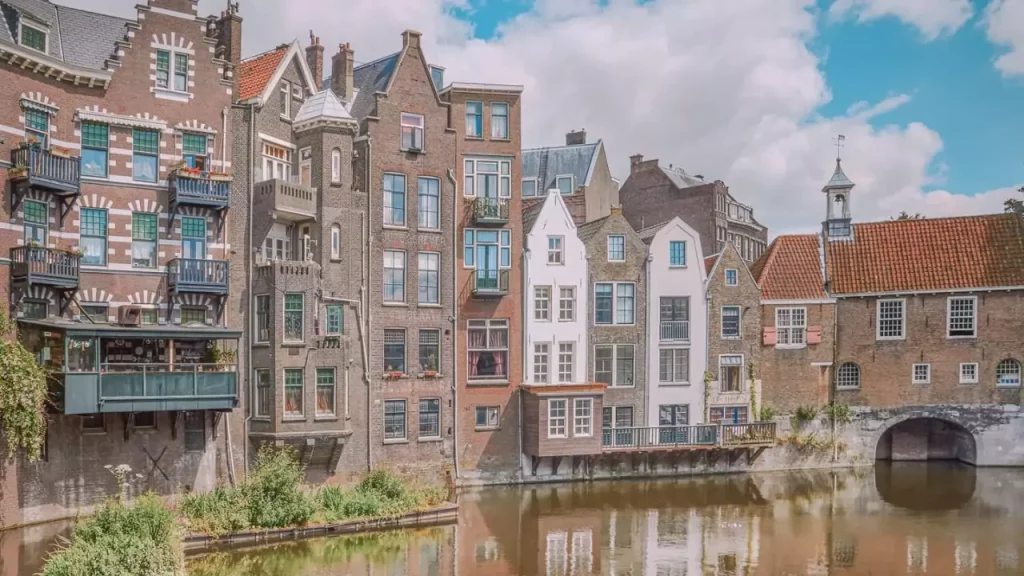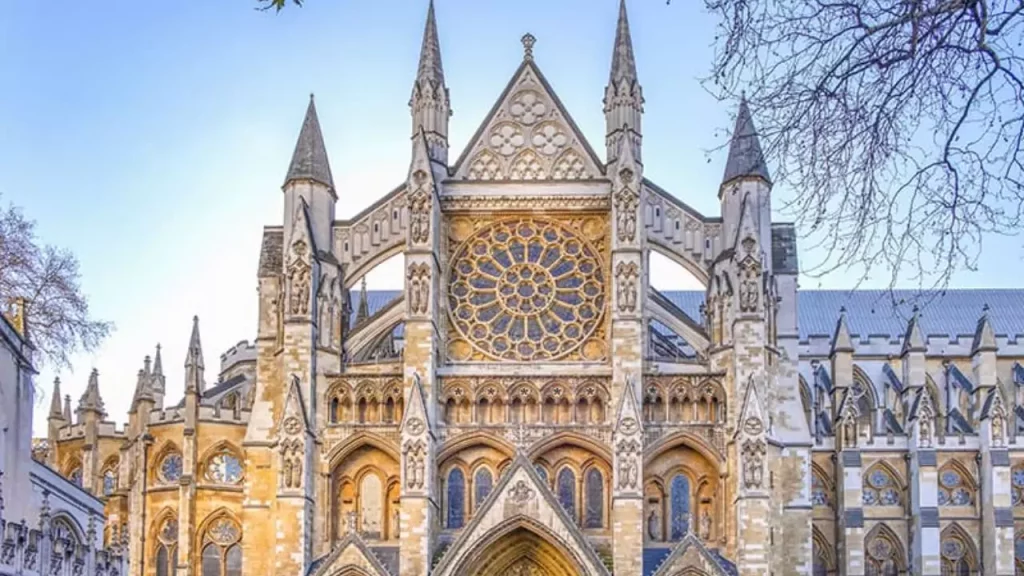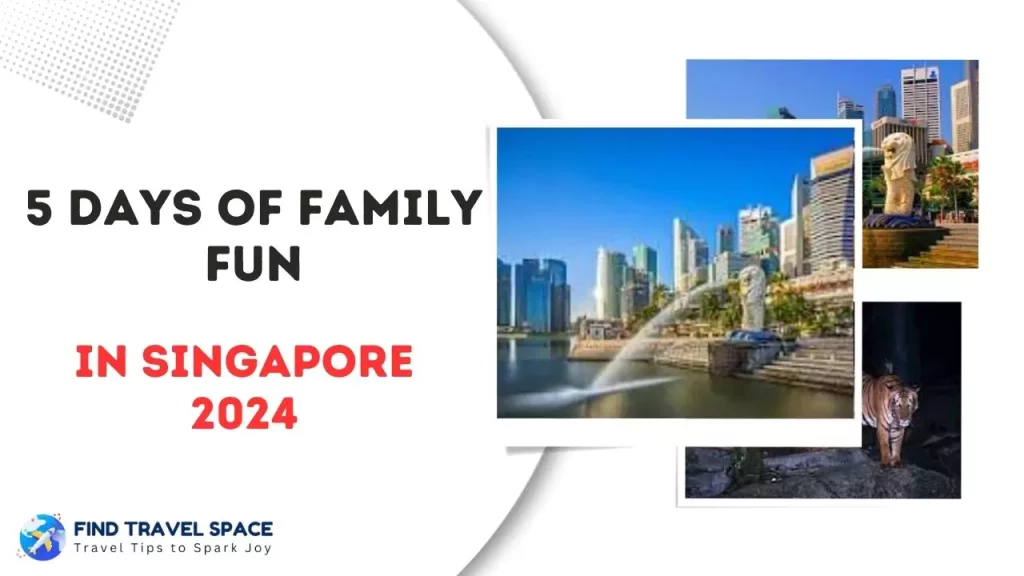Nepal has wonderful festivals I don’t mean just sitting back from the sidelines; we’re jumping headfirst into the vivid colors, joyful music, and unique rituals that make these events genuinely amazing. So put on your dancing shoes, brush off your sense of wonder, and prepare to explore Nepal like you’ve never seen it before!
1. Losar: Yaks Ring in the New Year!
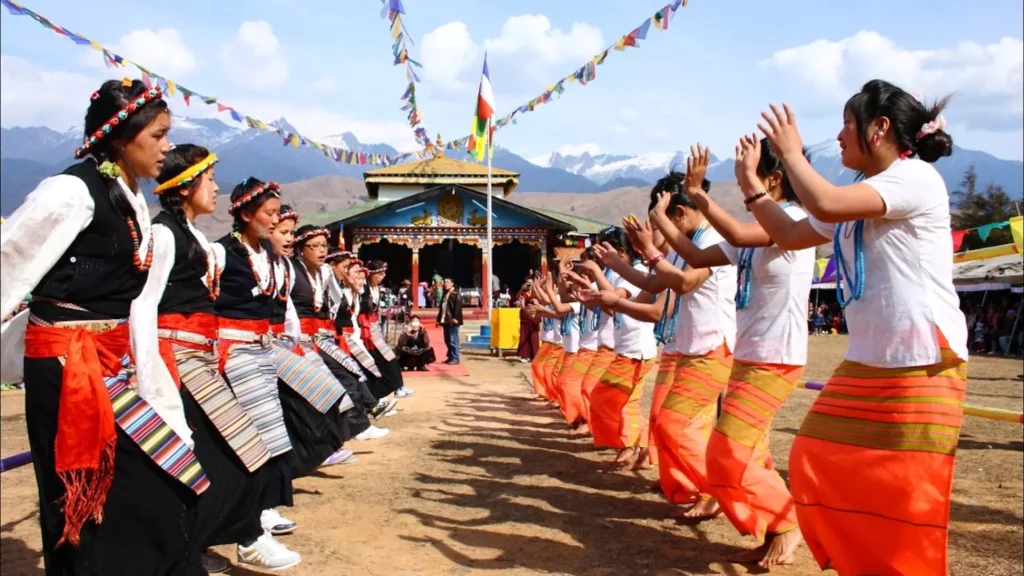
My Losar journey began in the charming hamlet of Namche Bazaar, high in the Himalayas. The air was thick with excitement, prayer flags waving in the cool mountain breeze. Families bustled through the streets, their faces painted with auspicious red ochre, as monks in maroon robes sang blessings. The yak race was, of course, the highlight. Imagine these snoring roaring monsters charging down the snow-covered hills, urged on by an energetic crowd. It was complete chaos, and I wouldn’t swap it for the world!
However, Losar is more than simply yaks. It’s a time for family to get together, share blessings, and enjoy traditional foods. I joined a local family for their Losar feast, which included a delicious meal of steaming momos, stir-fried vegetables, and sweet rice pudding. Under the twinkling skies, we clinked glasses of barley beer, shared khatas (traditional scarves), and described stories. The warmth of their hospitality was just as relaxing as the yak butter tea I drank all night.
Losar is a sensory experience full of sights, sounds, and smells. Witness the “Lhamo dance,” in which masked monks perform an amazing combination of Buddhist storytelling and gymnastics. Join the “gutho” processions, which weave through the streets with music and fun. Don’t forget to take part in the ” ” (grain throwing), a symbolic act of warding off negativity and bringing in wealth.
By the end of my Losar adventure, I was loaded with momos, overjoyed with blessings, and completely smitten with Nepal’s rich culture by the end of my Losar tour. Losar was more than simply a New Year’s Eve party; it was a crash course in Tibetan traditions, a tribute to the strength of community, and a reminder to live life with a yak-sized dose of energy.
2. Bisket Jatra: Where Holi Meets Mayhem in Nepal!

The second festival of Nepal is Bisket Jatra and My Bisket Jatra experience began in Bhaktapur, a historic city of terracotta rooftops and busy courtyards. The air was thick with expectation, and the streets were slippery with it (or was it mud?). Children armed with water cannons and buckets of crimson-tinged water cackled with delight, while adults dressed in their best wore joined in the fun.
The “linga ko jatra,” a funny tug-of-war with a twist, is the main attraction of the festivities. In the town square, two towering wooden poles representing male and female fertility are created. Teams of guys compete to take the top of each pole, covered in soil and laughing like mud-splattered fiends.
A particularly excited native covered me from head to toe in a bucket of bright red water as my baptism into Bisket Jatra. Laughter broke out, washing away any first shock. It wasn’t about remaining clean; it was about joining the joyful throng, enjoying the mood of uncontrolled celebration.But Bisket Jatra is more than dirt and mayhem. It’s a festival of new beginnings, celebrating the Nepali New Year and the start of the spring planting season. Witness the lively “Newar mask dance,” in which lavishly dressed actors use rhythmic motions to tell stories about deities and demons. Join the people in praying at the revered Pashupatinath temple, with its golden pagoda shining against the azure sky.
3. Gai Jatra: From Cow Costumes to Comic Chaos
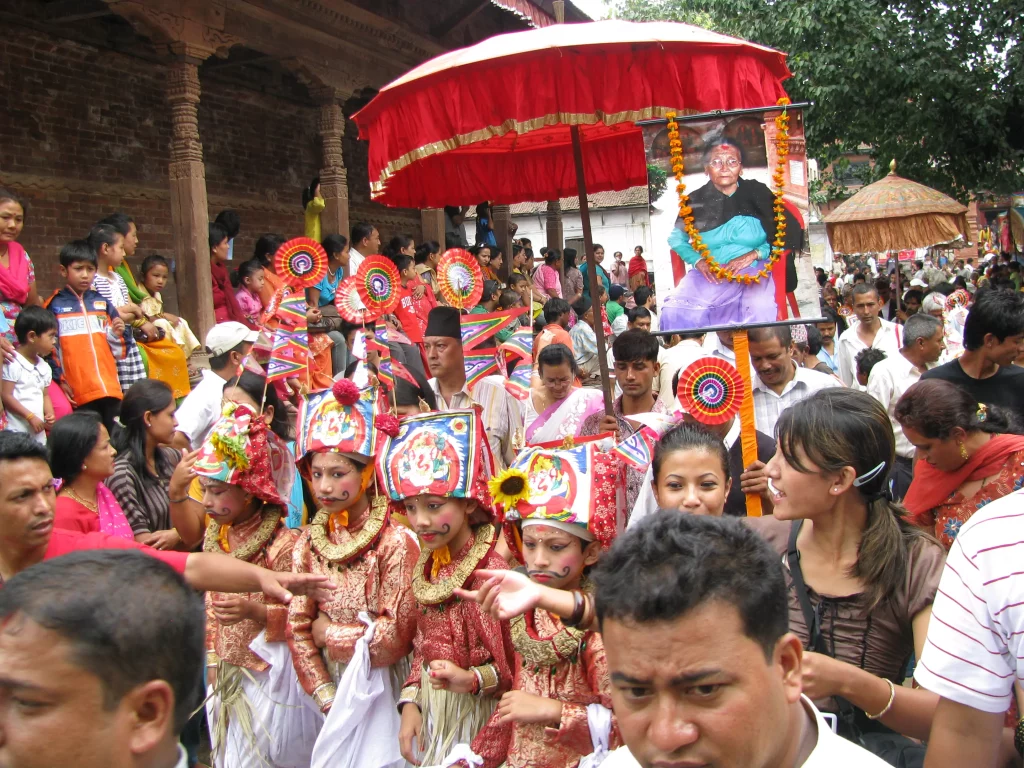
The Next Festival of Nepal is Gai Jatra and My Gai Jatra experience began in Kathmandu’s bustling streets. The air flowed with an odd mix of solemnity and joy. Children dressed in elaborate cow costumes walked through the streets, carried by sadness musicians. Adults joined the parade, their faces created with both sorrow and amusement, covered with colorful face paint and funny slogans.
The mock funerals, in which elegantly decorated bamboo frames playfully representing deceased loved ones are carried through the streets, are at the center of the event. Mourners sing bawdy songs, tell jokes about those who died, and engage in playful conversation with viewers, typically dressed in drag or lavish costumes.
But there’s more to Gai Jatra than meets the eye. This celebration allows Nepalis to face death not with sorrow and despair, but with humor and acceptance. It serves as a reminder that life is brief and valuable, and that it should be lived to the maximum. It’s also a fun way to honor and remember loved ones who have passed away, with a laugh and a naughty wink.
During the Gai Jatra parade, I joined a local family. We wore bright face paint, sung along to off-key songs, and joked about anything from politics to the weather. I felt a strange mix of emotions as we carried a bamboo frame dressed with flowers and photos of the family’s late grandma. I was sad for their loss, but also free and joyful.
4. Teej: A Celebration of Womanhood and Sisterhood
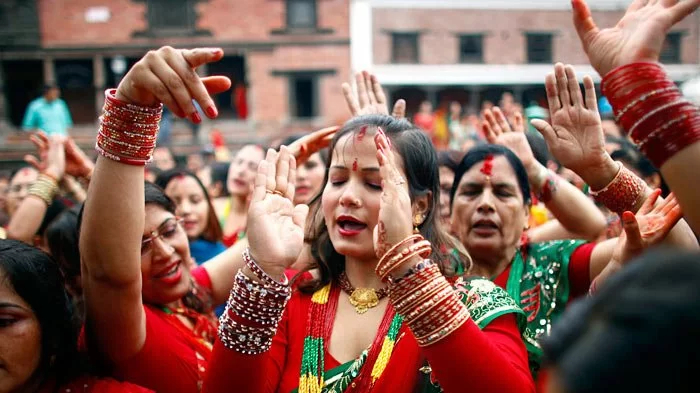
Coachella, step aside! Teej, Nepal’s bright monsoon festival dedicated to women, is the place to go if you want to celebrate womanhood, sisterhood, and pure, unadulterated joy. Teej isn’t your typical male-dominated festival; it’s all about female power, displayed via a kaleidoscope of color, music, and dance. And My Teej adventure began in Kathmandu’s busy core. Women bargaining for the exact shade of green saree (the festival’s official color), musicians tuning their instruments, and the air thick with the aroma of marigolds filled the streets. The joy was apparent, a contagious the spirit that had me singing along to Teej songs before I even knew what they were about.
There I went to Teej festivities with a bunch of local women. We dressed up in our best sarees, each fold and drape speaking a silent language of tradition and sisterhood. The day unfolded like a wonderful dream, with dhol drums beating rhythmically, melodious voices singing songs of love and desire, and whirling skirts painting the monsoon sky with vibrant colors.
Teej, on the other hand, is more than simply a gorgeous face. It celebrates feminine resilience and inner strength. The event recalls the separation and reunion of the Hindu goddess Parvati and her spouse, Lord Shiva. Women replay this narrative through song and dance, finding peace and strength in their common experience. And I felt a strong sense of connection with the women related to me as the monsoon clouds broke overhead, reflecting the emotions of the music. Language boundaries dissolved, and the universal language of music, laughing, and shared memories took their place. I wasn’t just a guest at that point; I was a member of a lively sisterhood brought together by the pulse of Teej.
5. Dashain: Nepal’s Dazzling Grand Finale
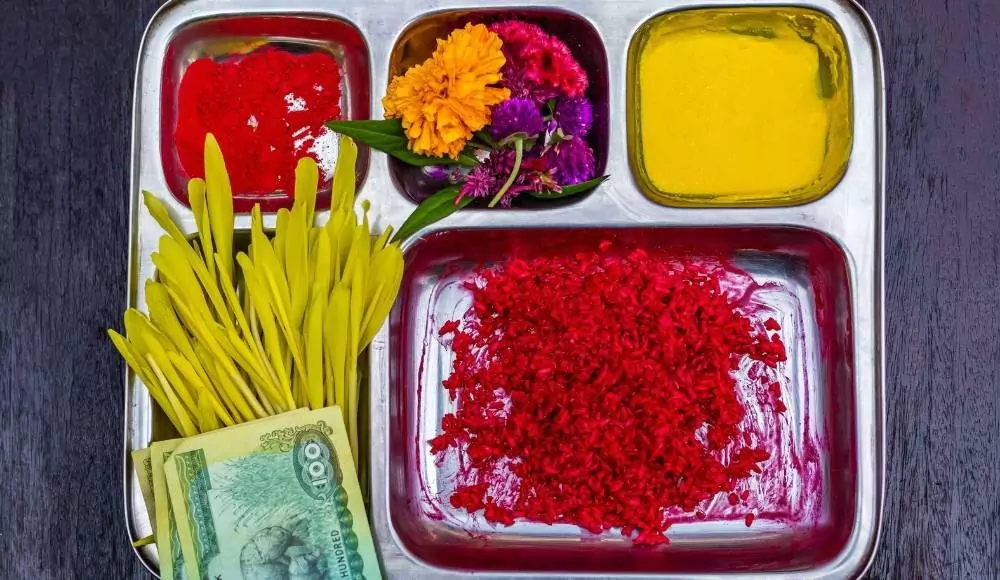
Here is the last but not the least The next festival of Nepal is Dashain and My Dashain experience began in the lovely village of Bandipur, located among western Nepal’s rolling hills. As families bustled through the streets, houses dressed with marigolds and prayer flags flying in the cool fall breeze, the air crackled with joy. The perfume of incense and boiling curries filled the air, a delicious prelude to the next food feast.
10 Days of Dashain Festival Celebration in Nepal
Day 1-3: Goddess Durga Takes Center Stage: The festival begins with devotion to Durga, the strong goddess who killed the monster Mahishasura. Witness colorful processions carrying beautifully decorated Durga idols, accompanied by drumming, chanting, and infectious local celebration.
Day 4-7: Animal Blessings and Family Feasts, Prepare yourself for a once-in-a-lifetime cultural experience: animal sacrifices (mainly symbolic these days!). Blessings have been showered on buffaloes, goats, and even the occasional rooster. Then prepare yourself for a huge slide of momos, curries, rice pudding, and the pièce de résistance, the lovely roast goat (khakuri).
Day 8–10: Tika, Dancing, and Victory: The greatest climax is tika, a bright purple dot blessed on elders’ foreheads. Observe families reconnecting, exchanging blessings and relishing in the sweet glow of reunion. As males participate in the strong deusi nach dance competition, the air pulsates with the sound of dhol drums, while women gracefully sway to the malini nach.
Dashain is more than just a festival; it’s a glimpse into Nepal’s heart and soul. Witness unbreakable faith, the strength of familial ties, and a community spirit as warm as freshly made sel roti (sweet bread). Participate in a friendly game of cards under the stars, learn a few Nepali words, and absorb up the infectious joy that fills every nook.
Final Thoughts on Nepal’s Festivals and Events
So as we close the curtain on this whirlwind tour of Nepal’s incredible festivals. Set out on a fascinating adventure through Nepal’s festivals, where each one tells a different story of tradition and chaos dancing together. Every moment is a weaving of vibrant life, from yak races in the fresh mountain air to mud-soaked baptisms below monsoon sky and laughter shared with ghosts amidst ancient temples. These festivals are more than just dates on a calendar; they are threads sewn into the fabric of being alive, linking communities and celebrating the simple pleasures of being human. But hold on to your hats, because this is only the beginning of your trip.
Nepal’s festival repertoire is as various as its Himalayan peaks, with activities ranging from a thrill-seeking climb up a greased pole at Bagh Bhairav to the tranquil beauty of the Mani Rimdu celebration in Mustang. So bring your dancing shoes, an open mind, and a heaping helping of wanderlust. Allow the vivid colors, spreading laughter, and time-honored traditions of Nepal’s festivals to embrace you and transform you forever. Travel isn’t just about places; it’s about immersing yourself in a place’s pulsing heart, and in Nepal, that heart beats to the rhythm of its festivals.

